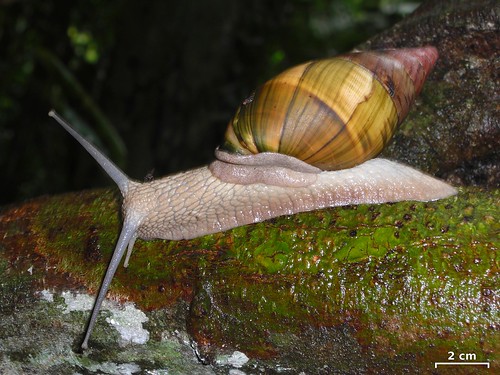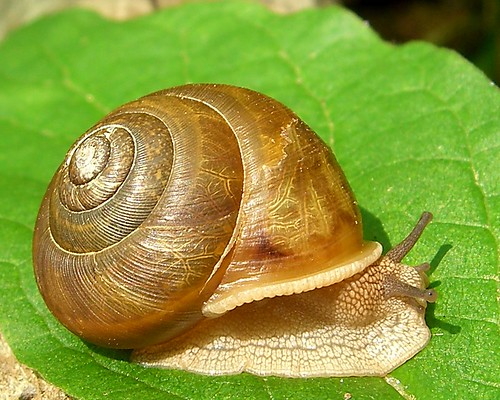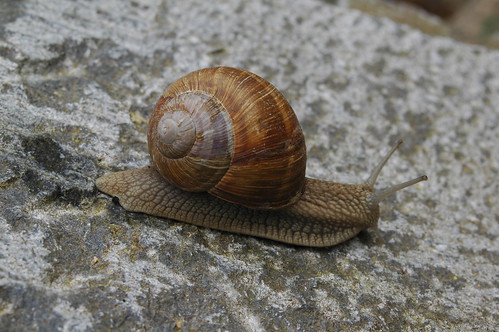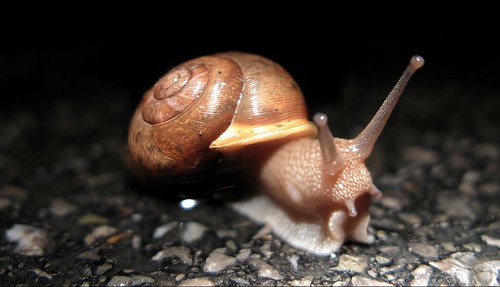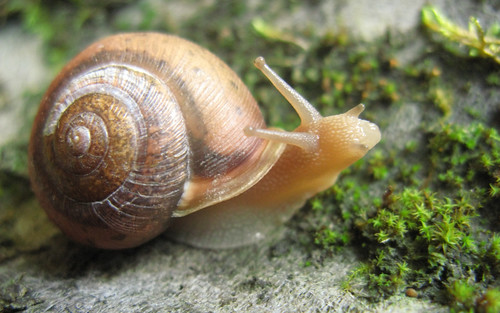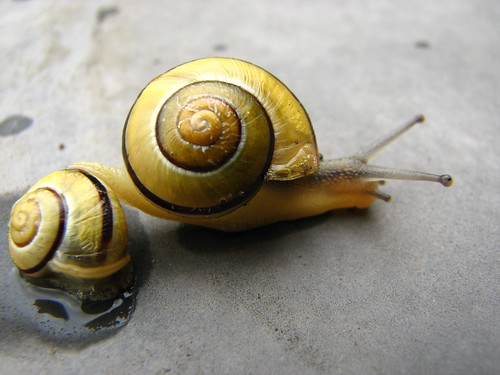Ready to learn some animal facts! Today we're going to be talking about an animal Horatio is a big fan of, snails!
There are a lot of different snails, so today's post is mostly just general information. I tried to find facts that applied to snails overall, but there may be information in this post that isn't as all encompassing of general snails as I was hoping. I'm not a snail expert, or any animal expert for that matter.
Anyways! On to the snail facts!
There are 3 types of snails. Land snails, sea snails and fresh water snails.Snails are found on every continent except Antarctica. Marine snails have even been found in the waters of the South Pole.
Snails have a muscular foot that they use to move. It secretes a mucus.
The trail of slime (mucus) allows them to move across the ground with out hurting themselves. It helps by reducing friction.
Snails can move about 2 feet in 3 minutes.
Snail shells are made of calcium carbonate. It keeps growing as the snail grows.
You can tell if a snail is full grown by looking at the shell where it opens up to the rest of the body. If there is is a small lip on the shell, the snail is done growing.
Snails can’t live without their shells. They'll dry out.
The shell of a snail varies in shape and size depending on the species, but they all have a spiral design.
Snails are usually herbivores. Some larger species are omnivores and even carnivores.
Snails have a radula, which is often compared to a tongue. It is ribbon like and covered in thousands of microscopic teeth. They use it to tear apart their food.
Snails need food with lots of calcium to help their shells stay hard and protect them. Snails will eat dirt for the calcium.
Snails spend extra time in their shells when it is hot so they don't dry out.
Snails have a heart, a brain, and a digest system under their shells.
Snails can't hear. They also have bad vision. It is thought they can only determine the difference between light and darkness. They use their sense of smell to find food.
Some snails hibernate through the winter.
Snails are nocturnal. They are most most active at night and the very early hours of the morning.
Snails are nocturnal. They are most most active at night and the very early hours of the morning.
 by fdecomite
by fdecomite Land snails breath with a lung, located in the fold of their mantle. Sea snails breath with gills, located in their mantle. When it comes to freshwater snails, some species have gills and some have a lung.
Snails are hermaphrodites, they have the reproductive organs of both males and female.
Land snails can have 1 or 2 tentacles. It depends on the species. If a species has 2 sets of tentacles the eyes are on the longest set. They move their tentacles up, down, and left to right.
Sea snails have eyes at the base of their tentacles and they don't move.



